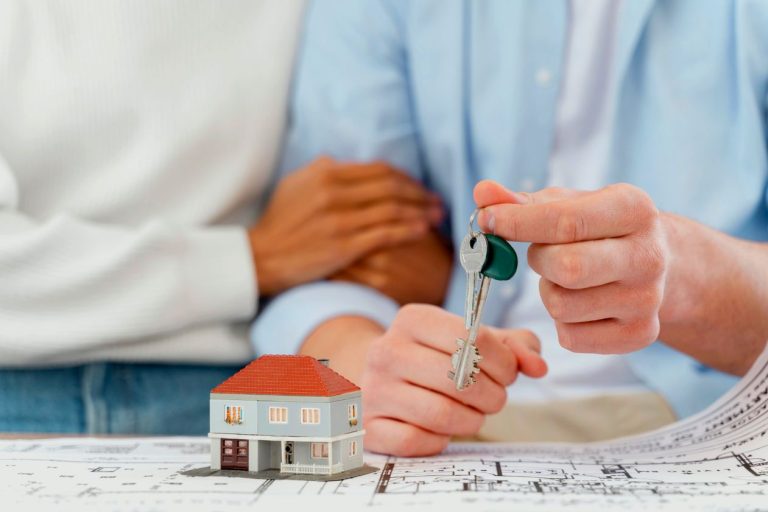Lex Home Makes Your Dream of Buying a Home in London Come True.
Lex Home Makes Your Dream of Buying a Home in London Come True.
When you buy a property in the UK, legal ownership can take 2 different forms. These are called Freehold and Leasehold. In both property ownerships, legal ownership is determined in the England Legal System and this system, which has been in place since the Feudal period, is still valid today.
Before explaining the distinction between Freehold and Leasehold, we need to define these concepts.
FREEHOLD PROPERTY : Freehold ownership refers to the ownership of the land and the entire structure built on it. For example, let’s consider a land and a consists 3 flat apartment building built on it. Freehold ownership refers to the ownership of both this land and the entire structure on the land.
LEASEHOLD PROPERTY : In leasehold ownership, you own a property for a limited period of time. Mostly an apartment building is divided into flats, and you own the flat with leasehold. If we go through the example above, the land and the entire apartment building with a 3 flat on it belongs to the freehold owner and the flat in this apartment building belongs to the leaseholder with leasehold. The terms and length of the lease depends on the agreement between you and the freeholder.

As a result, the ownership principles of property adopted in the English legal system are manifested as we have explained the general outlines above. Leasehold ownership is a property ownership that maintains its popularity in the UK for those who want to buy a house and for investors. It gives the opportunity to own a property for a period of 999 years and can be purchased at more affordable prices with leasehold compared to freehold ownership in the purchase of property, reduces the investment cost and gives the opportunity to benefit from the property in the maximum possible way.
Furthermore, it could even gives the opportunity to rent the house and resell the remaining years of lease.